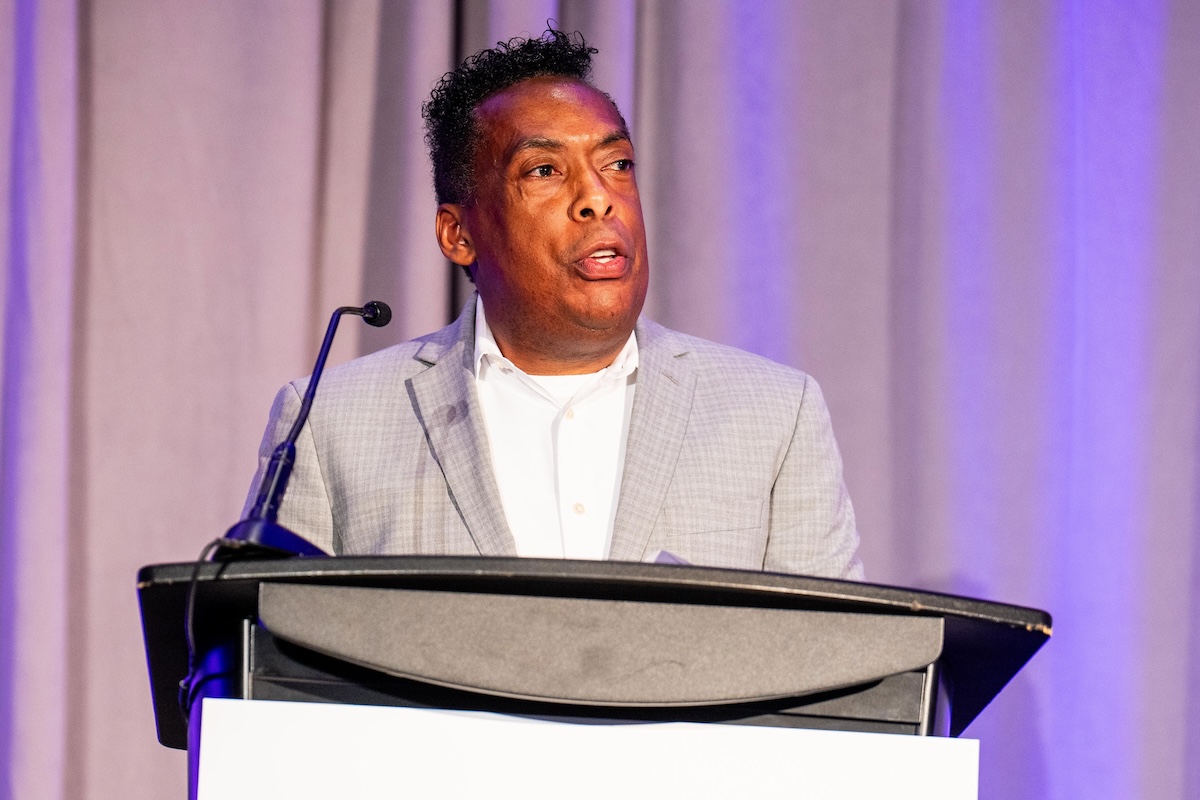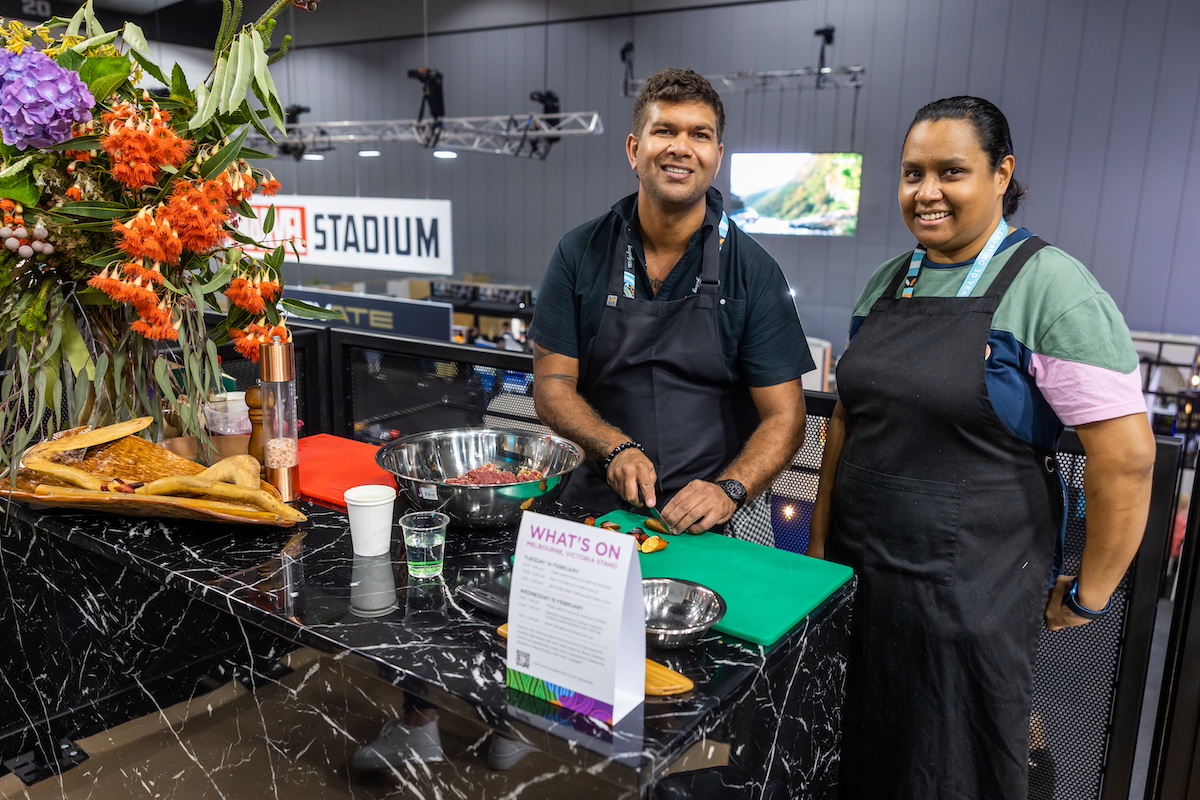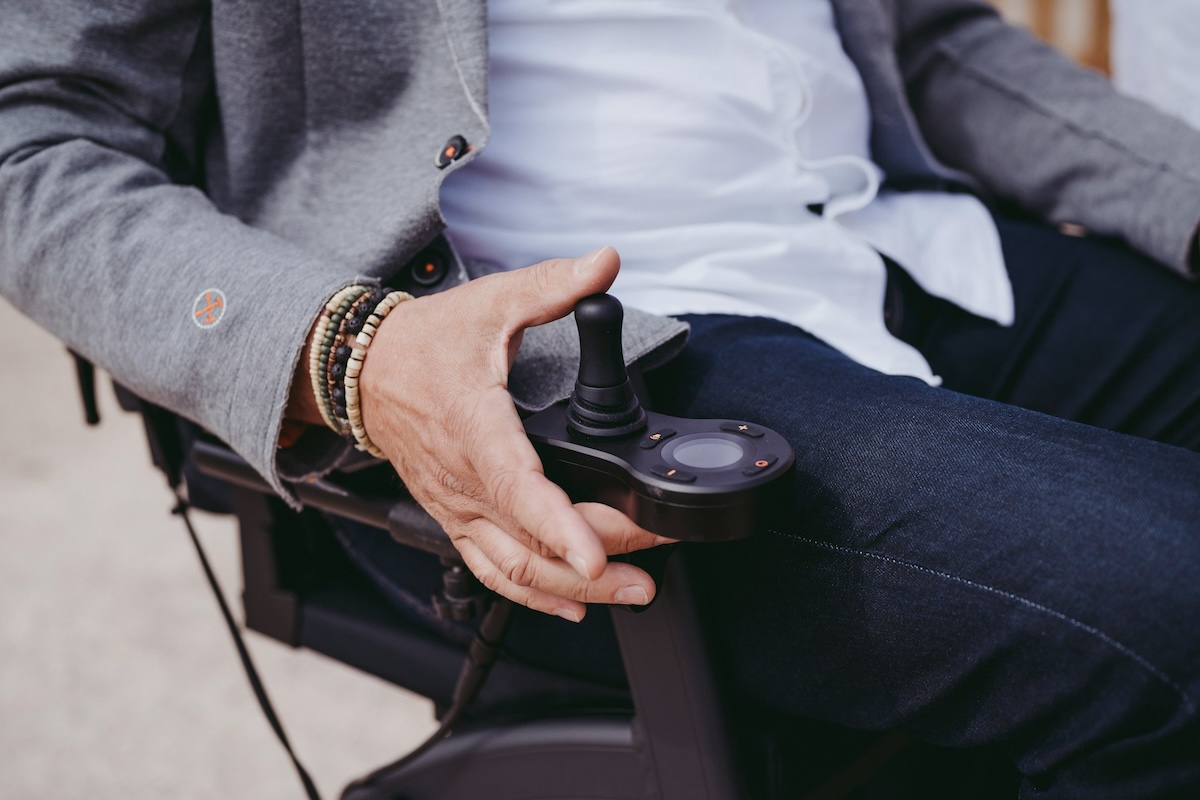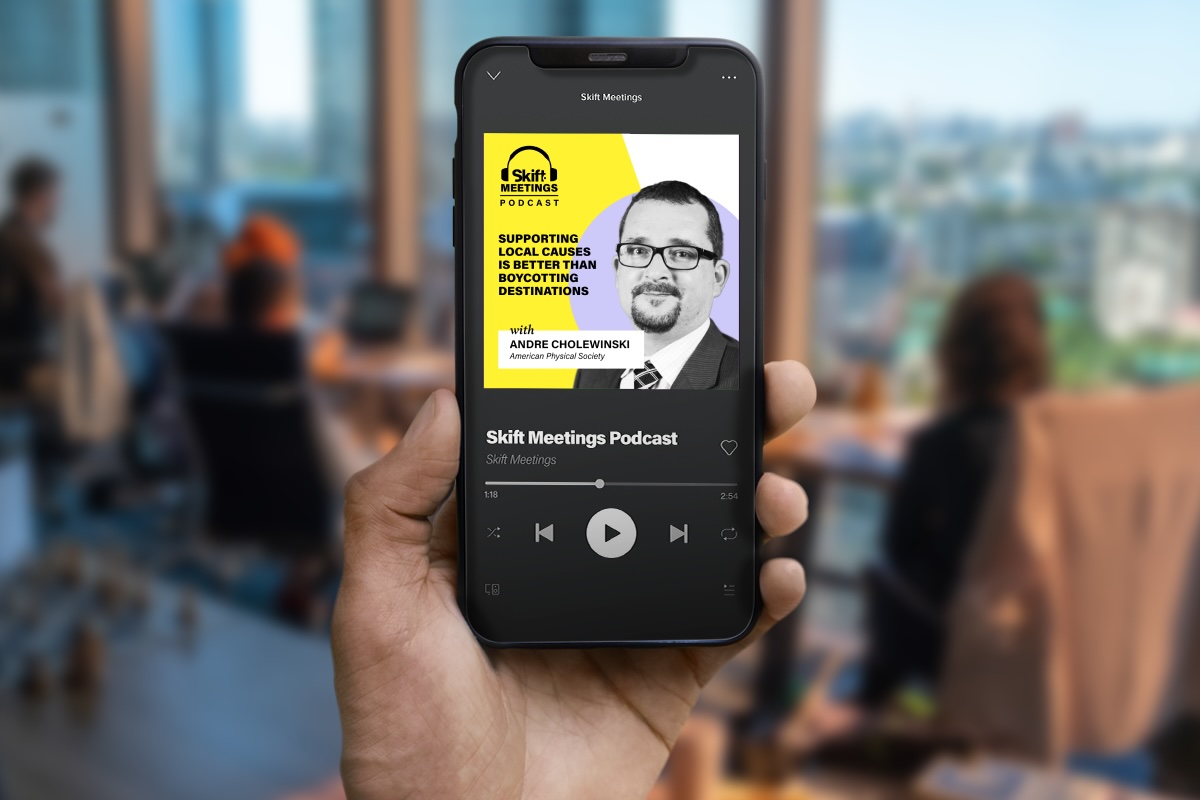Skift Take
What does it really mean to plan an “accessible” meeting or event? While most commonly thought of as ensuring that facilities are accessible for wheelchairs, it’s more complex than that. It means anticipating and addressing a wide spectrum of needs among attendees and presenters, encompassing everything from dietary, hearing, vision, scent allergies, mobility, and much more.
“Disability is not a monolith – someone who has experience with one will not necessarily have it with others,” said Samantha Evans, certification manager for the International Association of Accessibility Professionals. “There are many types of disabilities outside of the physical – they can involve reading, learning, mental health, even the jarring impact of loud noises. Disability is a much bigger span than using a wheelchair.”
Simply asking the hotel or venue if they are compliant with the Americans with Disabilities Act (ADA) or other equivalent government regulations is far from enough, according to Evans.
“Compliance is your starting block, not your finish line,” she said. “Compliance means the bare minimum of requirements of the law, but it doesn’t necessarily ensure an equitable experience for those at the meeting. Yes, there may be an elevator, but if it’s way in the back of a building, that’s not equitable. So oftentimes, we’ve relegated ADA compliance down to a checklist, but that checklist is not reflecting what people will actually experience.”
Starting Points
Evans urges meeting planners to insist on being shown — not told — what kind of accommodations are provided for those with disabilities. It should also be part of the RFP process, which should include a comprehensive list of requirements and a stipulation that the booking is contingent on those requirements being met.
“We have to do a lot more asking and do a deeper dive,” said Evans. “The RFP is where planners have a lot of power. If you let it be known that you’re not choosing a facility because of their lack of accessibility, that may lead to positive change. Let them know if they improve you’ll come back to them. That way, you are giving them an opportunity to grow.”
How to determine which accessibility needs should be addressed during a particular meeting? Meeting planner and educator Joan Eisenstodt of Eisenstodt & Associates recommends asking participants the following comprehensive question: “Tell us what you need to fully participate in the meeting or event, such as mobility, hearing or sight access needs; food, beverage, or scent allergies; sensory and communication, and neurodivergent needs.”
“Then follow up with the person to clarify and do all you can to meet the needs,” said Eisenstodt, who uses a mobility scooter and has scent allergies. “Yes, the law says ‘reasonable accommodation,’ yet if we really want people to be included, we have to do the work and spend the money.”
Rather than waiting for people to ask what can be provided, Evans recommends that planners take the initiative in letting attendees know the range of accessibility services available during the meeting. The information should also include the timeframe required to arrange services such as wheelchair rental.
“The best way to make people feel welcome and validate them is if we address their needs by showing we have already incorporated the elements that will allow them to have an enjoyable experience,” she said. “When we do that, there’s less of a stigma for people to ask about their needs. We’ve shown that you’re part of us – we want you to be engaged.”
Transportation
Getting to the meeting, often the biggest hurdle for people with mobility issues, is not always considered part of accessibility planning. Rosemarie Rosetti, a wheelchair user and accessible meetings consultant, and frequent speaker on disability issues, recommends working with the CVB and other city officials to learn what the location provides in terms of airport services, public transportation, cabs, and car services, and anything else pertaining to getting around with a disability.
“You need to have a mindset about the transportation, whether it’s how people get from the airport to the venue or how they will be transported to and from any off-site visits during the meeting,” she said. “If the city has an accessibility commissioner, get them on board and ask about things like what restaurant choices will work, where the curb cuts are, is the public transportation system geared for the disabled.”
Meeting Facilities
Even when a building has fulfilled its requirements for ADA compliance, its features may still be problematic for those in a scooter or wheelchair, according to Evans. All too often, details such as the heaviness of doors, the turn radius of doorways, the width of bathroom stalls may still pose barriers, she said.
“I like facilities to tell me about the attendee journey – how do people transit through your facility?” she said. “Are there steps to the mezzanine floor? If they say there are just two or three steps, that indicates they don’t realize that’s a big deal. Is there deep plush pile carpet? That’s a beast to navigate in a wheelchair. If it’s a big facility, are there indoor service stations for the service dogs?”
Other details to note are the number of seating areas and if they include seats that are easy to get in and out of. Is there a quiet room for people who may need one because of autism or other mental issues?
“Rather than just thinking about the checkbox, are we connecting it back to the human experience?” Evans said.
Up to the Plate
While not always recognized as such, dietary needs and accessible food service are also important aspects of ADA compliance, said Tracy Stuckrath, founder of Thrive Meetings & Events and a food allergy and inclusivity expert.
“Not addressing dietary needs adequately means that many people won’t be left with much to eat and may even be forced to go elsewhere for meals,” she said. “They may miss out on networking opportunities or an awards ceremony because of this. Their experience at the meeting will be greatly diminished.”
While acknowledging that addressing dietary needs such as gluten-free or dairy-free can be complex, Stuckrath recommends trying to offer menu choices that almost everyone can eat.
“If you plan your menu for the minority, you’ll be able to feed the majority as well,” she said. “No one will be singled out with a special dish, and those who can eat anything will not be affected. For instance, at a recent event, we asked the chef to eliminate all nuts and gluten from everything but the bread. Leaving things out simplified everything, and no one knew the difference.”
Stuckrath advises planners to address dietary needs from the RFP process to execution.
“You need to ask the properties a lot of questions about their food service, which is even more important now with Covid and the lack of staffing,” she said. “You also need to make sure your requirements are spelled out on the banquet order. One hotel chef told me that if I don’t see something on the order, my staff doesn’t know to do it. And you need to know exactly what they’re serving. Are the vegan attendees just getting broccoli, or are they getting a full meal?”
Getting input from attendees is also crucial. “If you can, pick up the phone and talk to people about what they like to eat,” Stuckrath said.
Just as important as what is being served is ensuring that all attendees can easily access the food. That wheelchairs or scooters can navigate through the tables to the buffet is one of many things that need to be considered.
“It’s not just what’s on the plate. It’s how you get to the plate,” Stuckrath said. “Are the chafing dishes where people can reach them? Is there service staff to help someone with a cane or who is visually impaired? Can people in scooters and wheelchairs go in the room early so the pathways will be easier to get through?”
Virtual and Hybrid Meetings
Virtual presentations come with their own set of accessibility barriers, especially for those with hearing disabilities. Unfortunately, very few of the many virtual platforms that have come on the market in recent times include adequate accessibility features such as accurate captioning, accommodation for sign language interpreters, and the availability of accurate transcripts, according to Evans.
“Many virtual platforms may look flashy and sophisticated, but they fall short on digital accessibility,” she said. “So when we choose our disability tools, we have to really vet them beforehand. Some vendors will say they are accessible, but they really haven’t addressed it. Make them show you – not tell you – how they can actually be used.”
Evans also noted that many platforms rely on artificial intelligence for captions and transcripts. “This is a huge problem in that it will not provide things like punctuation or the speakers’ names, and it’s 60 to 70 percent accurate at best. That means a massive loss in cognitive understanding for people who are reliant on captions, especially if they have reading difficulties or not have English as their primary language.”
Another pitfall that frequently occurs with virtual and hybrid meetings is not allowing enough time during discussions to accommodate everyone, especially hearing-impaired attendees who rely on sign language interpreters.
“We’re in a habit of rushing, but that can mean that we’re leaving colleagues out of the discussion,” Evans said. “As hosts and facilitators, we need to make room for those who need interpreters by giving them time to think, process, and respond back. They can’t if the conversation moves too fast.”





